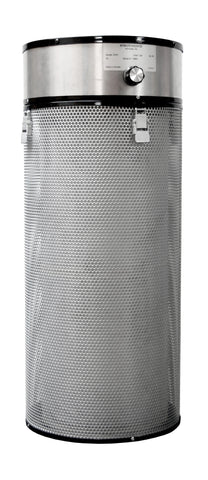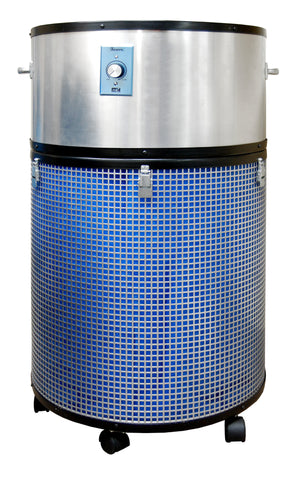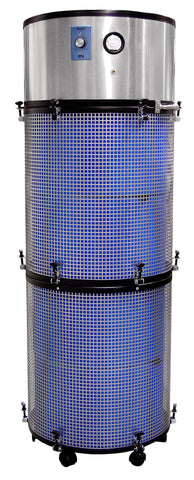Art Restoration and Documents Air Cleaning
 Air Scrubbers Save Artwork and Historical Documents
Air Scrubbers Save Artwork and Historical Documents
Museums, galleries and archival institutions that house artifacts, artwork and historical documents need to be as concerned with employee health as they are with the treasures they help save. Conservators face harmful inhalation hazards that can have serious effects on their health. A study in 2009 conducted at the Polish National Museum found that 30% of employees at the museum were sensitized to at least one fungal allergen (penicillin, aspergillus, etc.) due to working conditions. Among the most caustic impurities in museums, galleries, libraries and archival storage facilities are gaseous pollutants like cellulose nitrate, sulfur oxide, ozone, mold, bacteria and particles that degrade textiles and paintings, as well as corrode and tarnish artifacts — not to mention the serious health risks they pose to conservators.
From formaldehyde (often used in natural history collections for fluid-preserved biological specimens) to acetic/formic acid (found in wood and wood products), conservators come face-to-face with toxic emissions resulting from conservation treatments. Electrocorp has simple, effective indoor air quality solutions that comply with OSHA standards and protect against airborne pollutants. Our air purification systems can be used to purify and filter air in large conservation rooms, or for select projects in which the conservator works hand-on and requires source capture.
Irritants are often associated with toxic solvents used in conservation techniques that can contain acetone, N-dimethylformamide (DMF), toluene, ethylene (ETO), trichlorehtylene, and xylene that are linked to cancer and often cause respiratory track irritation, headaches, dizziness, memory loss and other serious health problems.

 Air Scrubbers Save Artwork and Historical Documents
Air Scrubbers Save Artwork and Historical Documents


